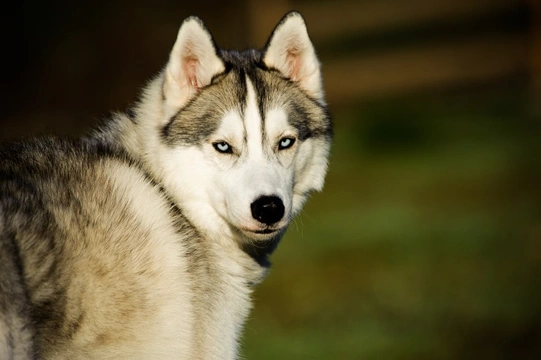
8 Fascinating Ways Wolves and Dogs Differ
Many dog enthusiasts know that wolves and dogs share an ancestral link. However, current research shows that while domestic dogs descended from grey wolves, thousands of years of domestication and selective breeding have created significant differences. Modern science believes wolves and dogs evolved side by side from a common ancestor rather than dogs being direct offspring of current wolves.
Dogs, including small ones like the pug puppies, share many traits with wolves, but important distinctions in genetics, behaviour, and physique clearly separate the two species. This article explores eight fascinating ways wolves and dogs differ, promoting responsible pet ownership and better understanding of your canine companion.
1. Teeth and Jaw Strength
While dogs retain wolf-like teeth, wolves possess significantly larger, stronger canines with sharper curvature designed for tearing prey. Their jaws exert far more pressure, essential for hunting and consuming raw meat. Domestic dogs enjoy chewing toys or bones but lack the powerful bite force wolves need in the wild.
2. Vocalisations and Communication
Wolves do not bark like dogs. Instead, they use chilling howls to communicate over long distances and a sharp huffing sound within the pack to signal distress. Dogs have developed barking and varied vocalisations better suited for interactions with humans. Occasional howling in dogs is less complex compared to wolves' rich howling language.
3. Fur and Coat Adaptations
Wolves have a thick, self-maintaining coat that sheds heavily once a year in spring and grows denser again in autumn. Unlike most dogs requiring regular grooming to prevent matting, wolf fur rarely mats and they do not shed continuously during the year.
4. Tail Shape and Usage
Wolf tails tend to be straight or nearly straight, used effectively for communication and balance. Dog tails come in various shapes and lengths, often curved, reflecting the wide range of breeds developed by humans. Dogs use their tails to express emotions much like wolves but in more diverse ways.
5. Paws and Locomotion
Wolves have proportionally larger paws and toes compared to their body size, with webbing that aids traction and swimming. They also have no sweat glands on their paws. Dogs’ paws are smaller relative to the body, and they have sweat glands on paw pads to help regulate temperature, reflecting domestic adaptation.
6. Eye Colour
Despite media portrayals, adult wolves do not have blue eyes; juveniles are born with blue eyes but these mature to amber, brown, or green. In contrast, some dog breeds, such as the Siberian husky puppies, commonly have and retain blue eyes, a genetic variation absent in grown wolves.
7. Walking and Tracking Patterns
Wolves walk in a straight line with hind paws stepping exactly where front paws landed, resulting in single track lines. Dogs tend to leave staggered tracks due to their gait, with paw prints positioned diagonally side by side. This difference reflects wolves’ energy-efficient travel and pack behaviour.
8. Shyness and Relationship With Humans
Contrary to some folklore, wolves are generally very shy and avoid humans to avoid danger. They are wild animals not dependent on humans for survival. Dogs have evolved alongside humans for thousands of years, becoming social companions requiring responsible care, training, and welfare considerations from their owners.
Understanding these distinctions between wolves and dogs helps us appreciate the domestication journey and reminds us of our responsibility towards dogs as companions. Responsible pet ownership means providing proper nutrition, socialisation, medical care, and recognising dogs’ unique needs shaped through domestication.



